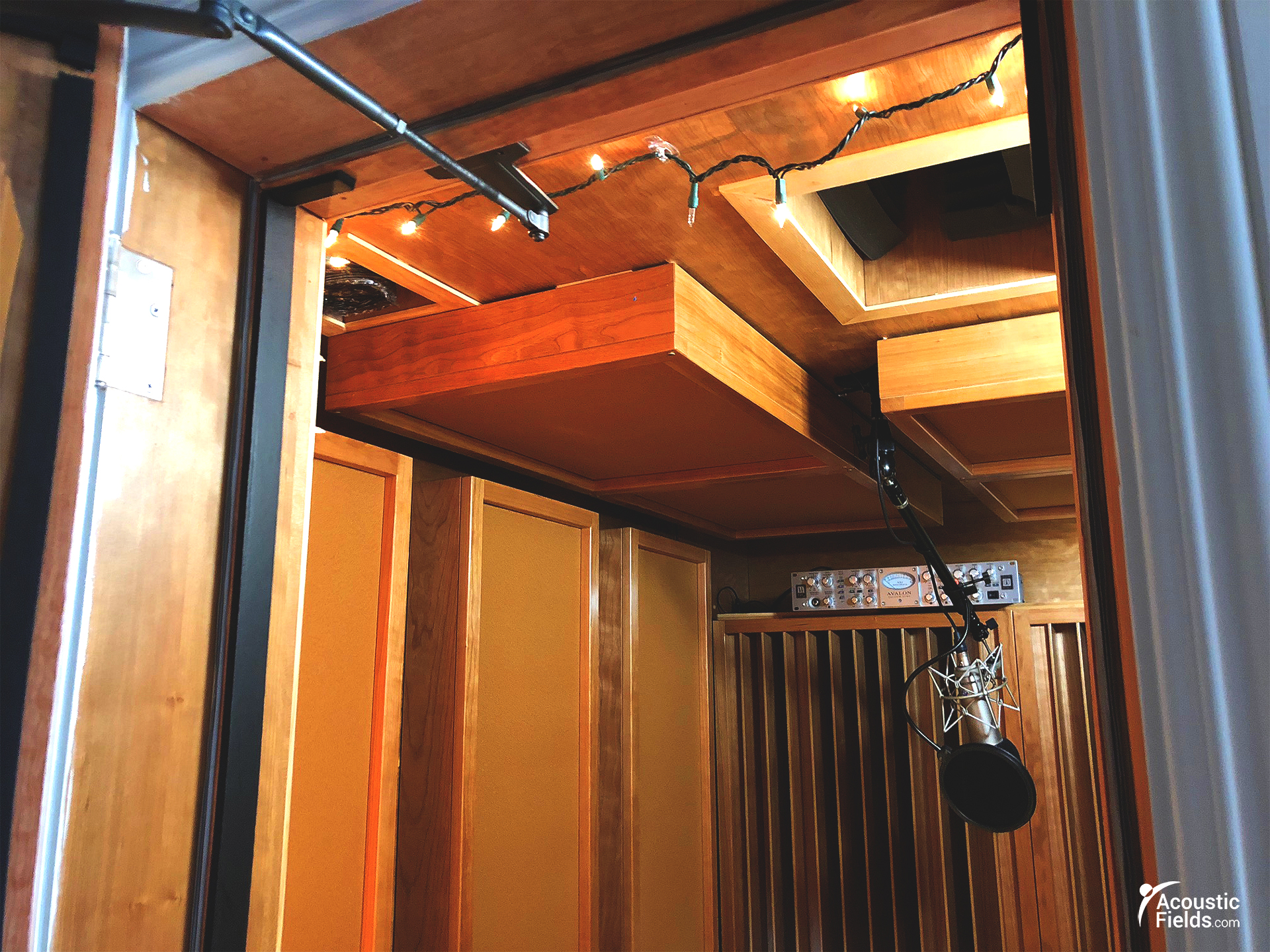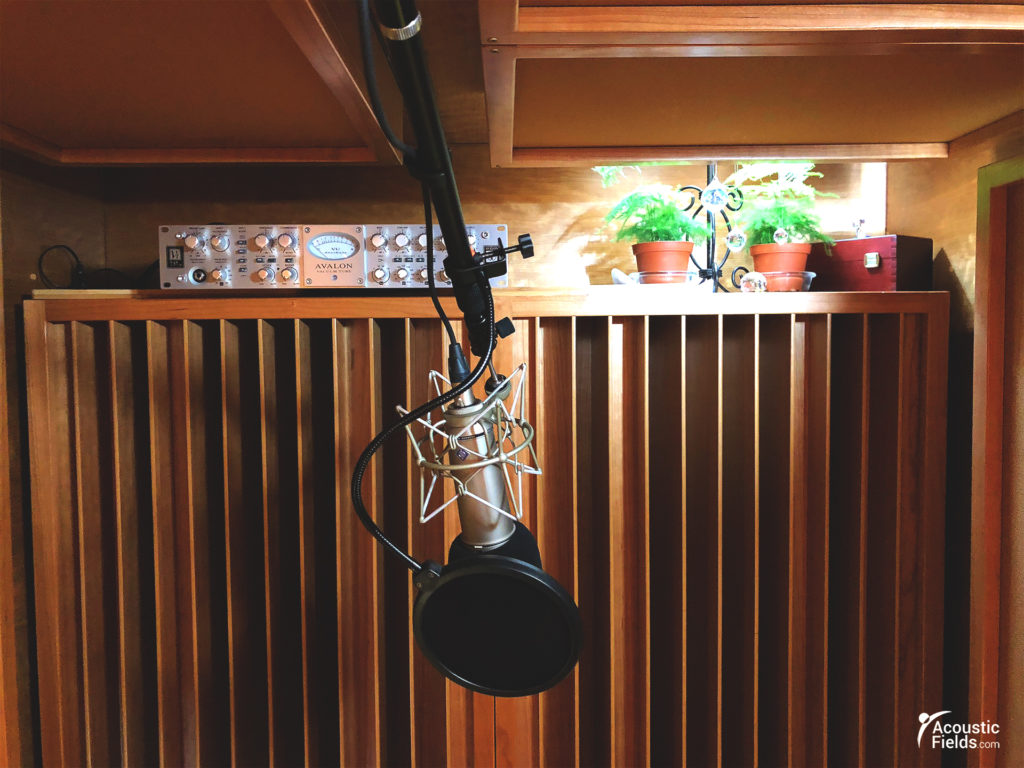
The search term sound booths can take on many meanings. Sound is energy and any energy must be analyzed for its impact in rooms and on structures. A sound booth can have an isolation feature which can keep sound inside the booth and can keep sound from entering the sound booth. The energy within the sound booth will also need to be managed through both diffusion and absorption. The energy inside the sound booth can be absorbed which is the standard methodology treatment. The energy can also be managed through diffusion if the distances within the sound booth allows for diffusion to work properly. Diffusion is a technology that can make our sound booth sound larger. Let’s examine noise transmission and sound absorption for our sound booth. https://www.dictionary.com/browse/isolation-booth
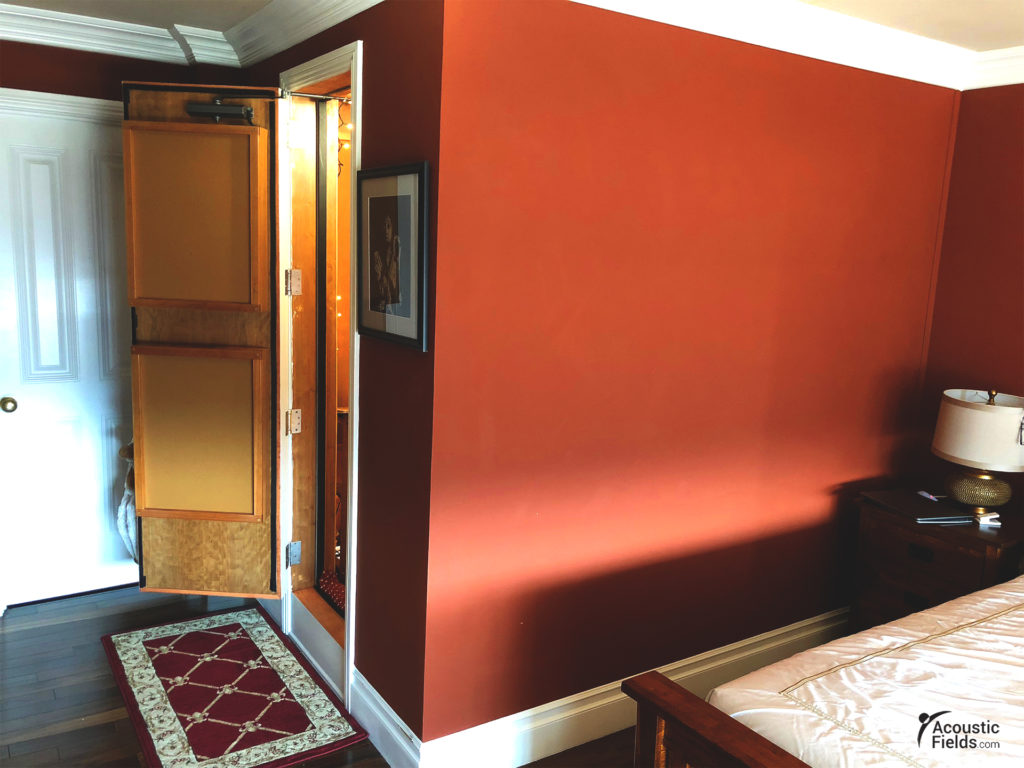
One of the requirements for a sound booth is to have the inside of the booth quiet. We want no noise from outside sources coming into our room. We usually do not want the sound that we produce within our rooms to bleed into other areas and disturb people. This process is termed noise transmission.
We want to keep the sound within our rooms contained and we do not want noise or sound coming into our sound booth. We want to achieve the lowest noise floor we can within our sound booth. In order to accomplish our noise objectives, we need to measure the noise that is surrounding the sound booth.We must measure the noise surrounding the sound booth and we must measure this noise over a seven day period. We want numbers that reflect a week of activity so we can design the sound booth to keep sound out of the room any day or time we choose to use our sound booth. https://www.headphonesty.com/2020/10/noise-cancelling-vs-noise-isolating/
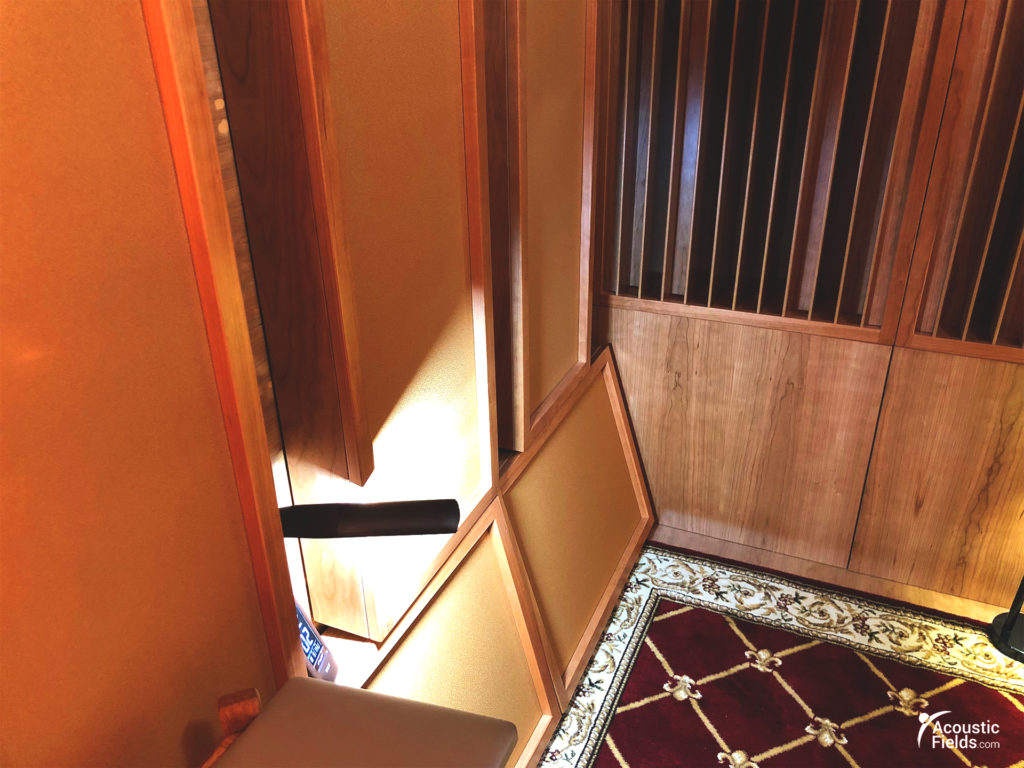
Once we have measured the frequency and amplitude of our noise issues over a seven day time period, we will see maximum noise and minimum noise levels. We must design our sound booth to keep out the maximum noise on whatever day it occurs. If we design our booth to stop the maximum noise during the week, the days where noise is smaller, we will be good the rest of the days where noise is not so large. The structure we must build for our sound booth is directly related to the noise you must stop from transmitting. If you have lower frequency noise such as from a garbage truck, the structure or barrier you will build will be dramatically different than if you are trying to stop voices from next door. We have simple measurement processes that can assist you with gathering the noise data.
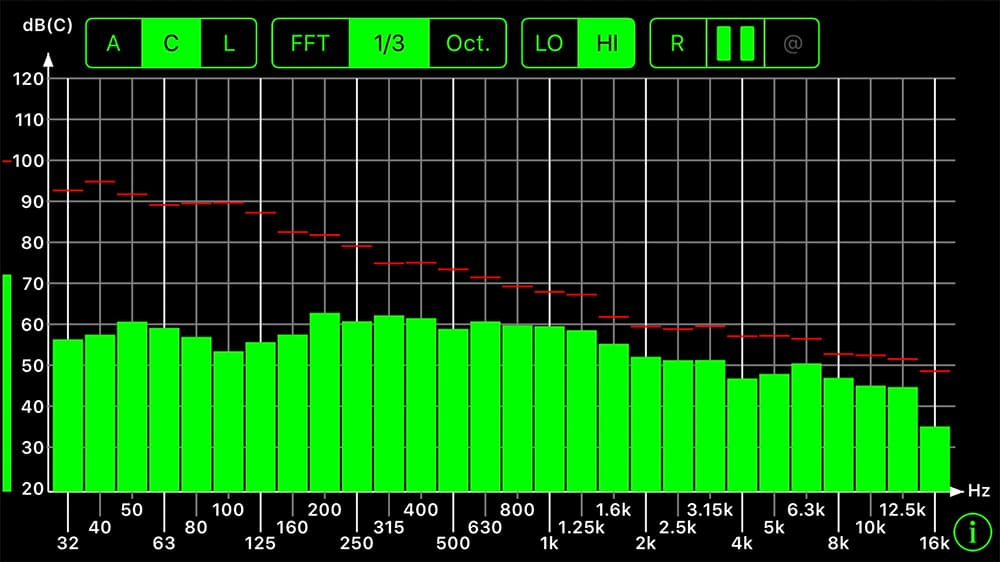
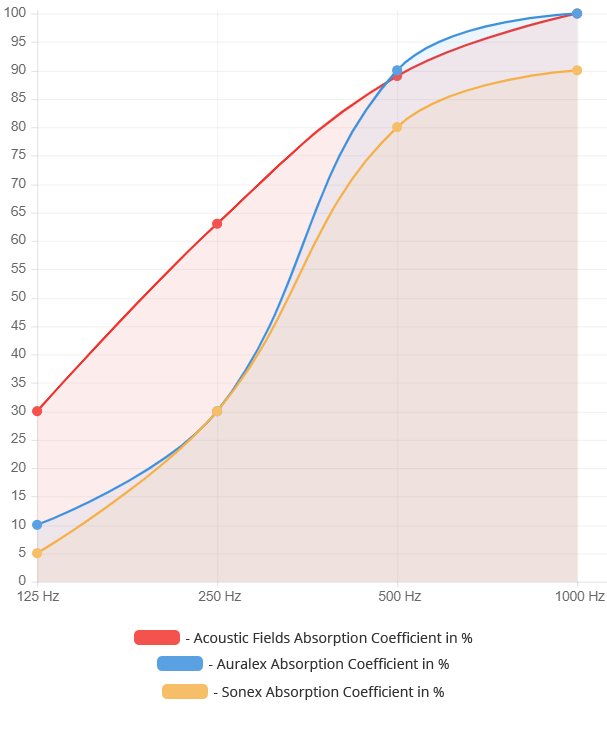
Once we have built our structure, we must then manage the energy within the room. We have two choices. We can manage the reflections from the walls, floor, and ceiling using sound absorption material types. We can also use diffusion in combination with absorption to achieve a larger sonic presentation value. Diffusion has space requirements that must be met, so it is not for every situation. When you are choosing a sound absorption material type, you must be sensitive to the rate and level of absorption that occurs from 125 hz. – 500 hz. This is a critical frequency range that must be the smoothest and even response that you can achieve. Music and voice have different requirements than noise. With noise, we want to minimize all frequencies from transmitting. With music and voice, we must absorb enough energy to manage the reflections from our sound booth without destroying the essence of voice and music. Our foam technology took 8 years to develop at a cost of 2 M. The curves shown above are no accident. They were designed for. https://www.acousticfields.com/product/acoustic-foam/


